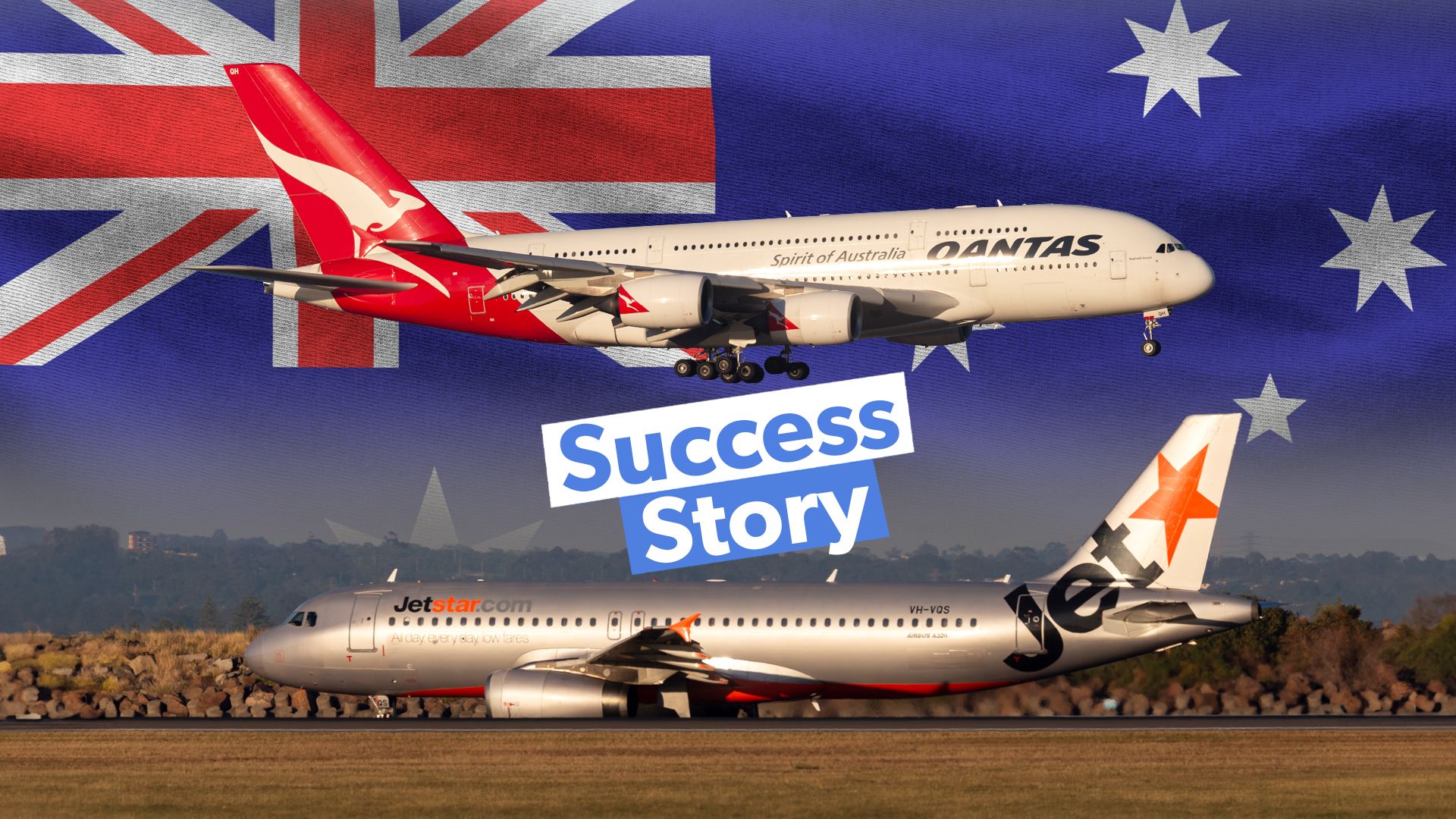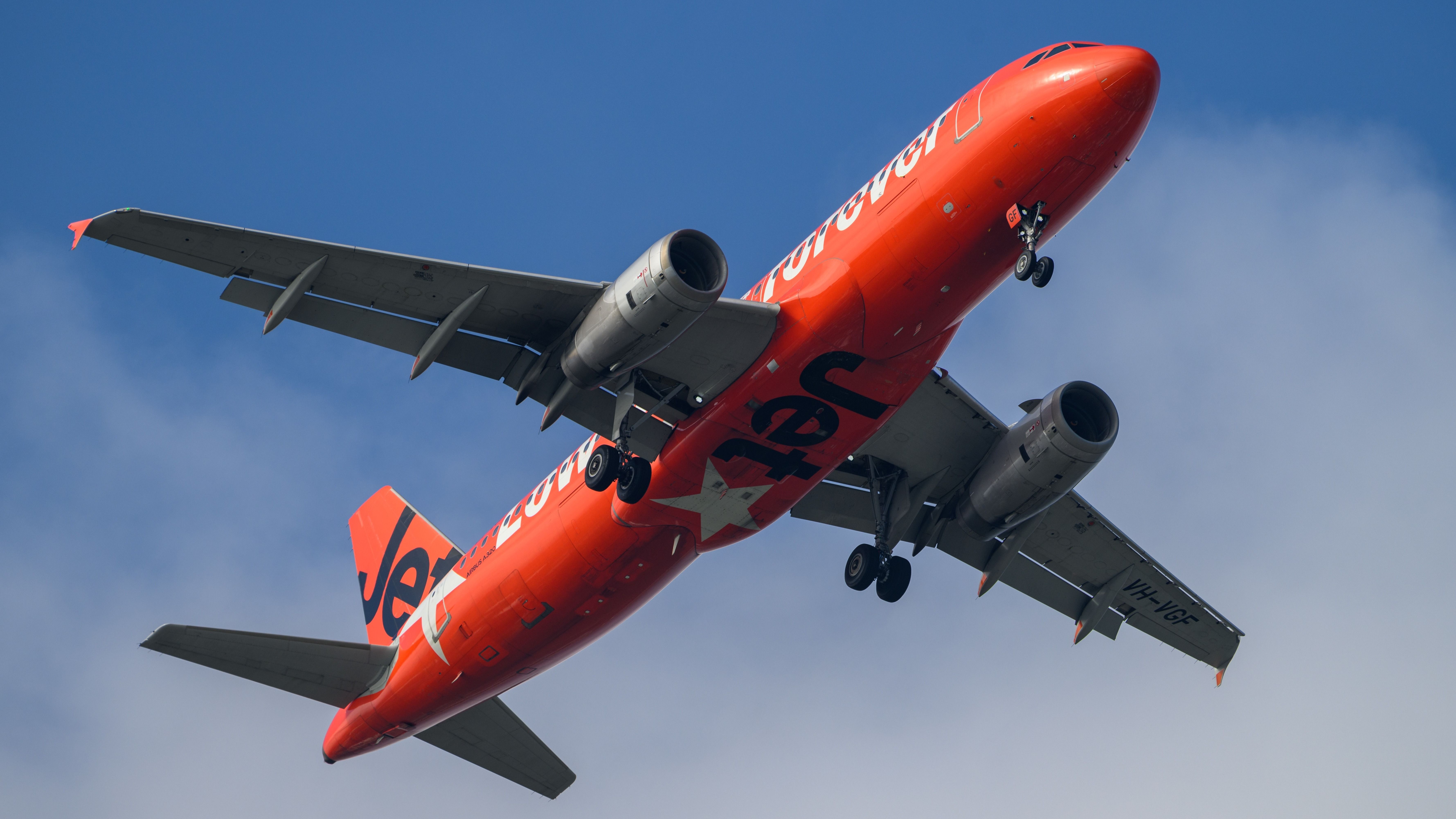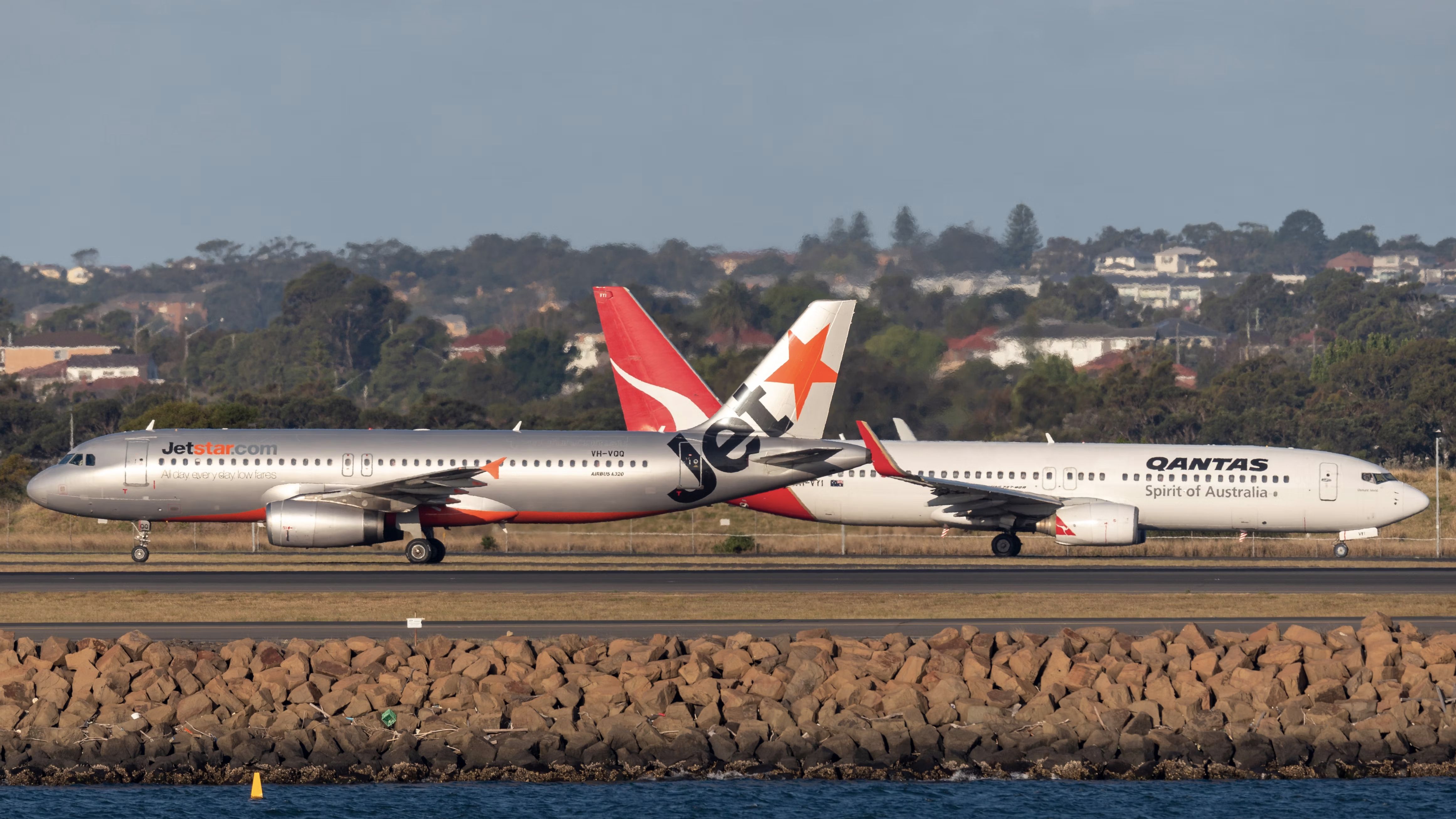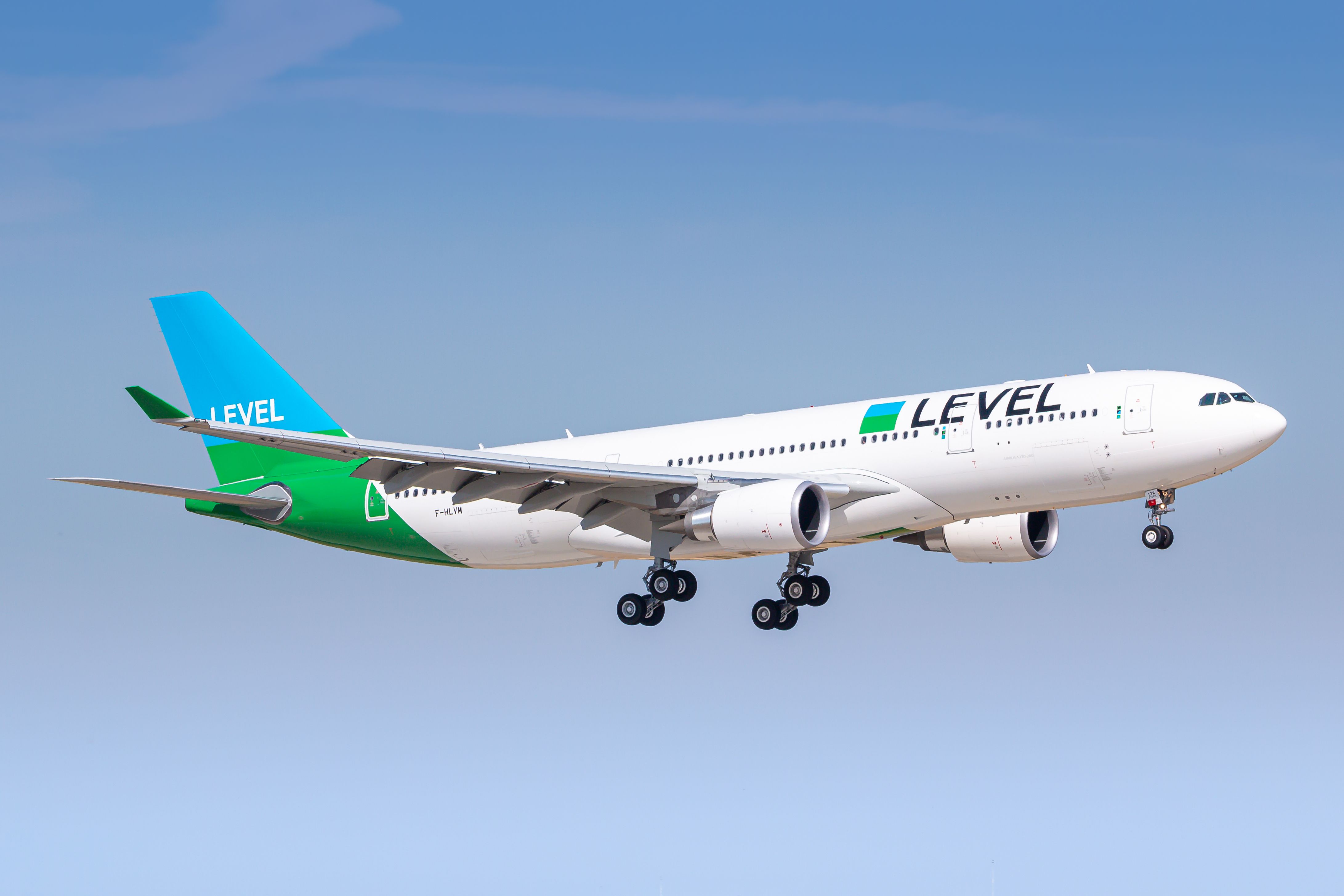The idea of a full-service network carrier operating its low-cost subsidiary is nothing foreign, and intuitively such a strategy would offer many advantages for the airline. For starters, such a system would offer airlines an impressive amount of market exposure, able to effectively offer products that fit the demand of both the premium and low-cost markets.
In this manner, there will always be an option suiting your needs on a route operated by an airline or its low-cost subsidiary.
However, in practice, this has proven challenging to accomplish, as many airlines over the years have routinely failed to turn profits when launching their low-cost carriers. The trend began in the United States around the turn of the millennium, when carriers like US Airways launched subsidiary Metrojet and United Airlines launched Ted.
However, turning consistent profits with these kinds of operational models proved challenging, as both airlines in question failed within less than five years of commercial operations. The same story has happened in Europe in recent years, with legacy carrier subsidiaries like Transavia and Eurowings entering the market and returning year-over-year losses.

A notable exception to this trend of low-cost subsidiary struggles
There are very limited exceptions to this trend. For the most part, airlines that have succeeded in operating low-cost models have been short-haul carriers like Ryanair and easyJet, which operate as independent companies, not subsidiaries. Furthermore, extremely few carriers have succeeded in operating long-haul, low-cost models, whether owned by another airline or not.
In Australia, however, flag carrier Qantas
appears to have cracked the code. The airline, which launched its low-cost subsidiary Jetstar
over two decades ago in 2003, has been profitable for years and recorded earnings of nearly $500 million in 2023, according to The Guardian.
Furthermore, the airline has even succeeded in operating a long-haul low-cost network, something that has plagued so many even in some of the world’s most valuable air markets. Let’s take a deeper look at Jetstar’s success, why the airline was founded, and what we can learn about the nature of such airlines from this case study.
Foundation and early years of operation
Jetstar was launched in 2001 as a domestic subsidiary that was designed to compete with a newly launched carrier named Virgin Blue (which would later become Virgin Australia). Qantas acquired Impulse Airlines, a regional carrier that operated short-haul routes, in November of that year and had initially planned to launch operations under the QantasLink brand.
However, with the market entry of Virgin Blue leading to concerns over Qantas’ potential inability to compete in the low-cost market, the carrier decided to rebrand what was left of Impulse Airlines as Jetstar, a new domestic low-cost airline. Services began on May 25th, 2004, and the first international flight took place in December 2005, with a nonstop flight to New Zealand.
Photo: A Periam Photography | Shutterstock
Jetstar was originally based out of Avalon Airport (AVV) in Melbourne but later relocated its offices closer to the city’s primary business district. In 2004, the airline launched a Singapore-based subsidiary named Jetstar Asia, marking its first major expansion beyond Australia. Soon, it became clear that the company’s long-term vision was to create a truly global low-cost carrier. A few key moves made by the airline during this period include:
- Jetstar and Jetstar Asia were united under a single brand in 2006
- In 2007, the carrier purchased a stake in Vietnamese carrier Pacific Airlines and rebranded it as Jetstar Pacific a year later
- Jetstar turned Darwin International Airport (DRW) into a hub for international traffic in 2008
- In 2009, the airline launched even more direct flights to New Zealand
Drive to maturity and the years after the COVID-19 pandemic
By the time the 2010s came around, it had become clear that Qantas’ strategy of building a carrier-within-a-carrier had achieved sustained success. Jetstar continued expanding its network while also beginning to cooperate with the Oneworld alliance in 2011.
The carrier soon launched a new subsidiary in Japan, created a partnership with China Eastern Airlines, added a codeshare agreement with Emirates, and more.
Photo: Ryan Fletcher | Shutterstock
It was during this period that industry observers began to extensively praise the model created by Jetstar. In a September 2014 academic research study published in the Journal of Air Transport Management, Randall Whyte and Gui Lohmann argued as follows:
“The findings show that Jetstar disproved earlier criticism of the [carrier-within-a-carrier] strategy and further demonstrate that by careful planning, strategy and execution, Jetstar has been able to grow its capacity, maintain high load factors, increase revenue and (more importantly) increase profitability at a time when many airlines are consolidating or withdrawing services because of losses.”
The pair would go on to commend the airline for embracing new technology that helped streamline operational costs, such as virtual check-in. Furthermore, the airline, much like Tony Fernandes’ AirAsia, marketed extensively to customers through non-traditional methods, such as via social media.
Photo: Lukas Wunderlich | Shutterstock
The bottom line: Jetstar had some help along the way
One thing that Whyte and Lohmann are quick to point out is that Jetstar was able to capitalize on the rise of an Asian middle class, one which was eager to travel.
Whether or not regional and economic factors contributed more heavily to Jetstar’s success than management decisions remains an interesting question, as the carrier’s model has been replicated in Europe, where the International Airlines Group (IAG) is attempting to successfully develop its own low-cost subsidiary, LEVEL.




